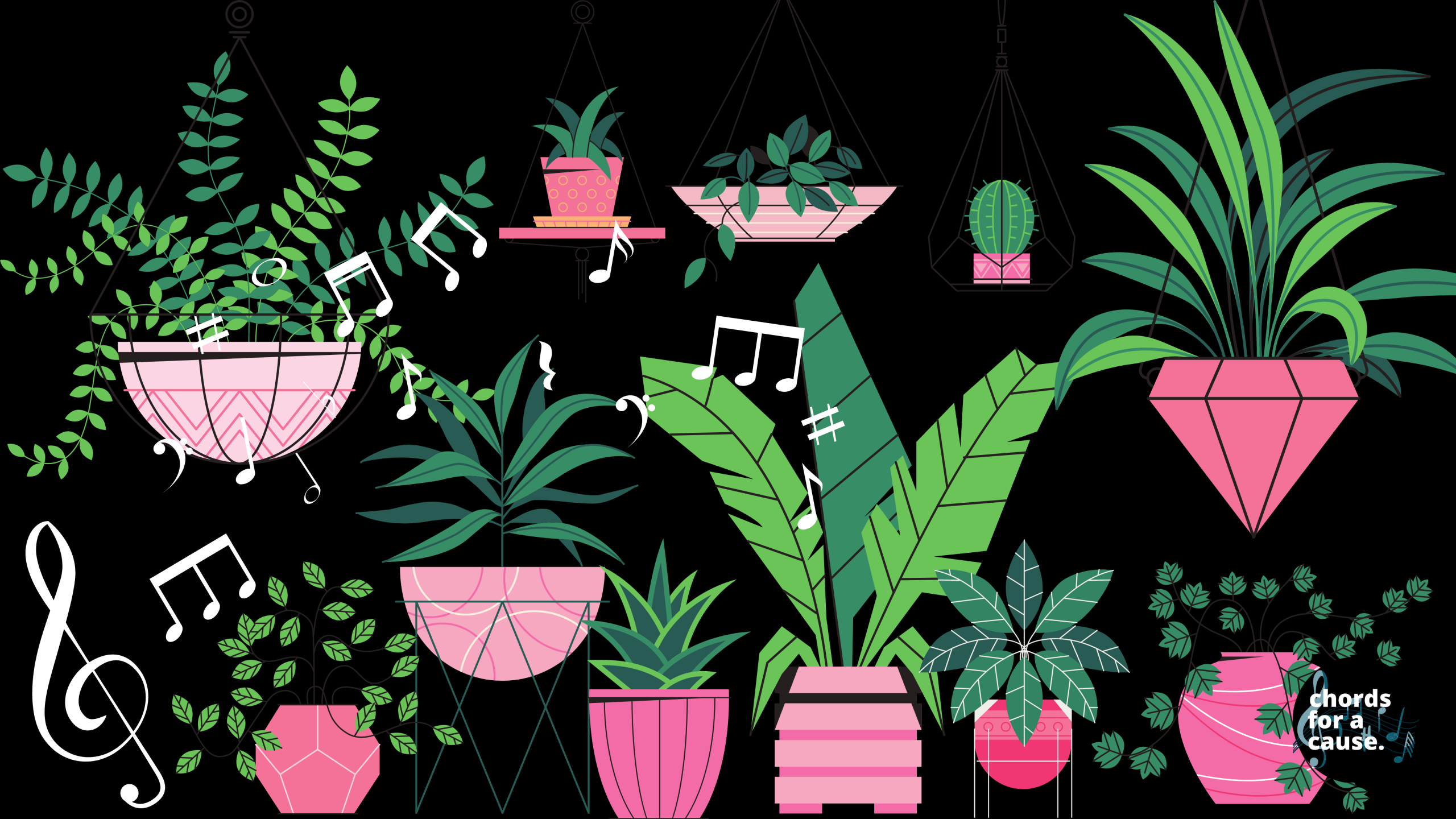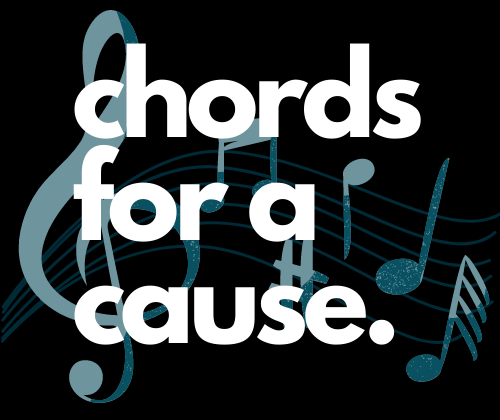Relationships between music and plant growth

Whether you are a music enthusiast or not, you have probably heard of music and its effects on the human brain or human soul; however, have you ever wondered about music and its effects on other living things? More specifically…plants? Have you ever been curious if the harmonies and tunes of music could flow through the green veins of luscious leaves on trees and flower bushes, stimulating growth and helping plants thrive like music helps feed into human emotion? Can plants really hear sounds? Do they like music?
Believe it or not, numerous studies have indicated that playing music for plants really does promote fast, healthier growth. When it comes to understanding the effects of music on plant growth, plants don’t have “ears” per se, and it’s not really about the sounds of the music, but more to do with the vibrations created by the sounds waves music produces. The vibrations produce movement in the plant cells, which stimulates the plant to produce more nutrients. So no, plants don’t “listen” to music, but we can describe it as they “feel” music. If plants respond well to classical music, it is because the vibrations produced by soft and melodic classical music create pressure that is conducive to plant growth. And vice versa, plants may not respond well to rock music or loud/heavy bass music because the greater pressure isn’t conducive to its growth.
Some specific studies that support musical impact on plant growth have been conducted in Colorado, Illinois, and etc. In Colorado, the greenhouse owner experimented with several types of plants and various genres of music. She determined that plants “listening” to rock music deteriorated quickly and died within a couple of weeks, while plants thrived when exposed to classical music. A researcher in Illinois was skeptical that plants respond positively to music, so he engaged in a few highly controlled greenhouse experiments. Surprisingly, he found that soy and corn plants exposed to music were thicker and greener with significantly larger yields. Researchers at a Canadian university discovered that harvest yields of wheat crops nearly doubled when exposed to high-frequency vibrations. Experiments also date back to 1962, when an Indian botanist conducted several experiments on music and plant growth. He found that certain plants grew an extra 20 percent in height when exposed to music, with a considerably greater growth in biomass. He found similar results for agricultural crops, such as peanuts, rice and tobacco, when he played music through loudspeakers placed around the field.
Researchers and specifically South Korean scientists have claimed that classical music is most effective and it really does help increase growth speed for plants. They experimented by playing fourteen different classical pieces including Beethoven’s Moonlight Sonata in the rice fields. Researchers led by Mi-Jeong of the National Institutes of Agricultural Biotechnology in Suwon, South Korea, monitored gene expression–the process by which a plant’s DNA code is translated into instructions for biological processes such as growth–in the crop. They noted that sounds at 125Hz and 250Hz made the genes rbcS and Ald, that are known to respond to light, more active whereas sounds waves at 50Hz made these genes less active. Overall, these researchers suggest that their discovery could in the future enable farmers and gardeners to switch specific plant genes on and off potentially making crops flower and grow at certain times.
Additionally, from a head researcher at Plant Life Balance, Dr. Dominique Hes from the University of Melbourne, we can learn that plants thrive when they listen to music that sits between 115Hz and 250Hz (which is similar to the claims of South Korena researchers), as the vibrations emitted by such music emulate similar sounds in nature. Jazz and classical music seems to be the music of choice for ultimate plant stimulation. Plants don’t like being exposed to music more than one to three hours per day. However, some sounds can make the stomata on plants stay open longer (the tiny pores that act like lungs on plants) which means they take in more air and grow faster. Even more interestingly, a study in 2017 that was conducted at the University of Western Australia found that plants developed senses that allow them to detect and responds to sounds to find water. Plants can sense sound vibrations from running water moving through pipes or soil, and will move their roots towards the sounds.
All in all, there is much more to delve deep into about plants and music! If you ever find yourself bored or looking to experiment, switch it up and play some classical or soft jazz music for your indoor plants or house plants, or even your small vegetable or flower garden to enjoy!
Bibliography:
Chivukula, Vidya, and Shivaraman Ramaswamy. “Effect of different types of music on Rosa chinensis plants.” International Journal of Environmental Science and Development 5, no. 5 (2014): 431.
Chowdhury, Anindita Roy, and Anshu Gupta. “Effect of music on plants–an overview.” International journal of integrative sciences, innovation and technology 4, no. 6 (2015): 30-34.
Ramekar, Ujjwal V., and Ajay A. Gurjar. “Emperical study for effect of music on plant growth.” In 2016 10th International Conference on Intelligent Systems and Control (ISCO), pp. 1-4. IEEE, 2016.

